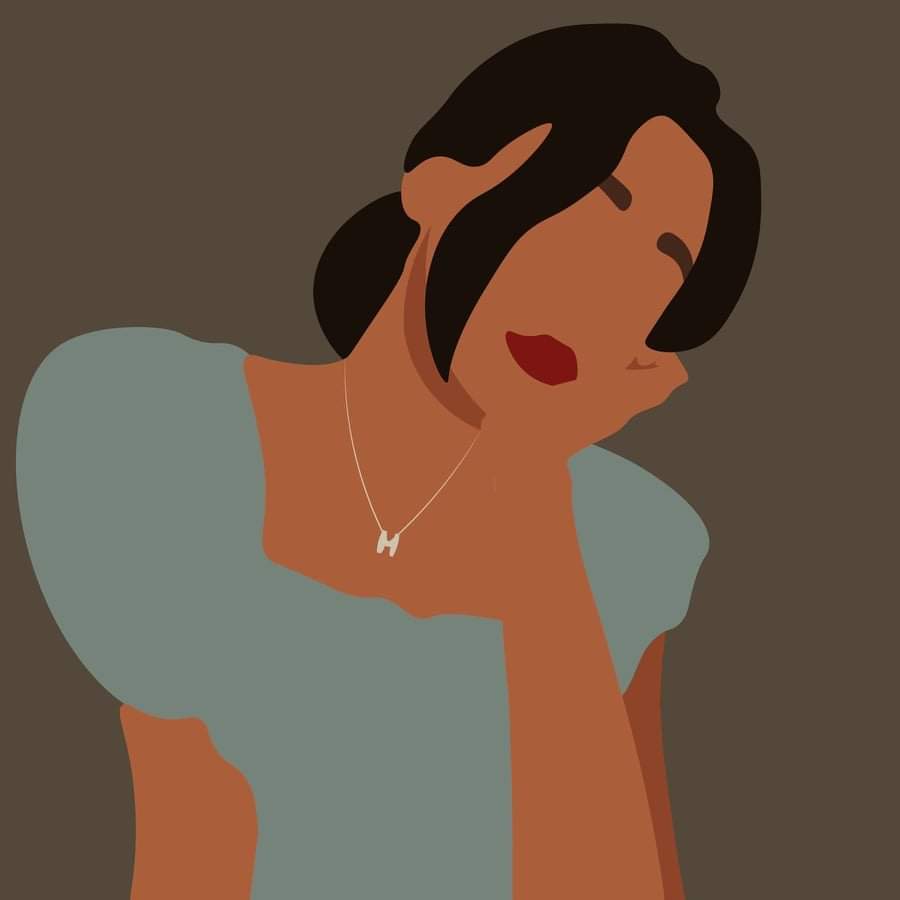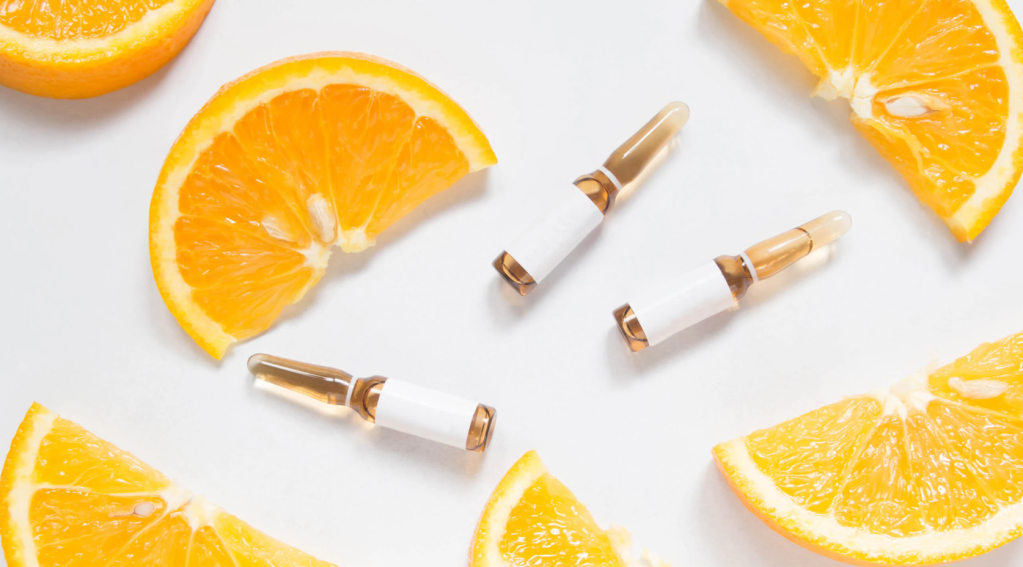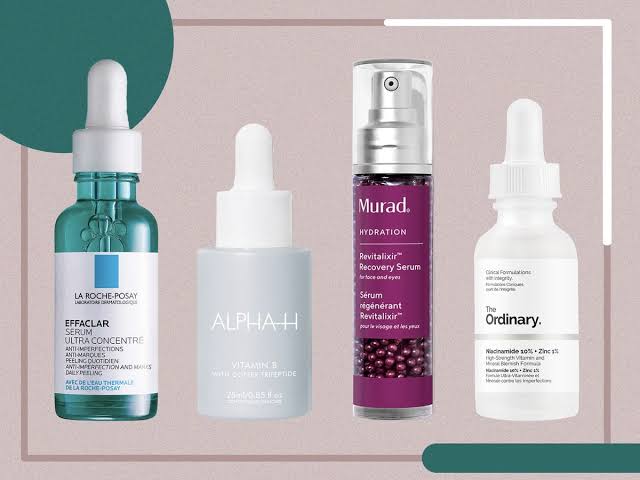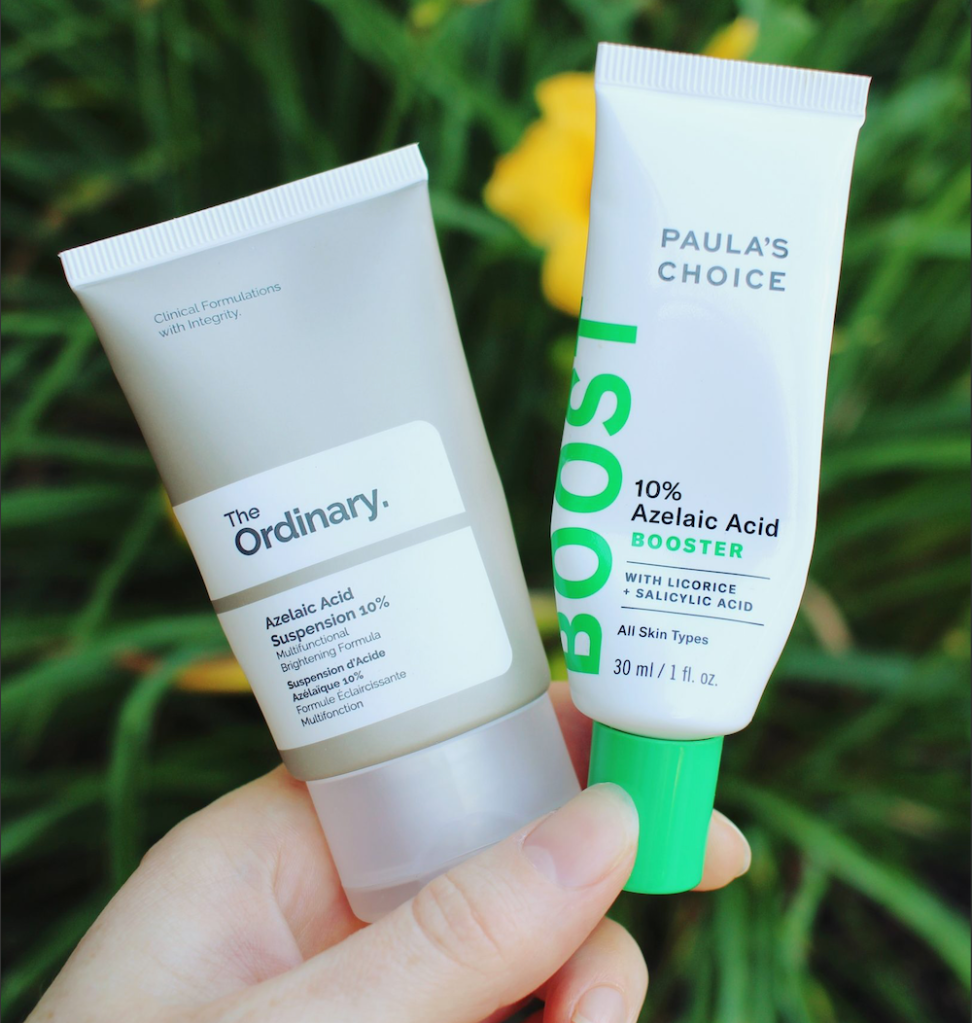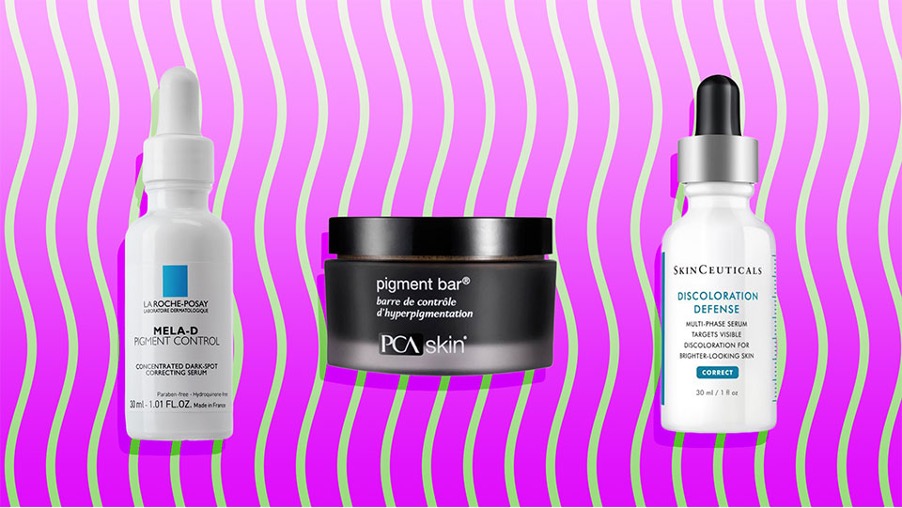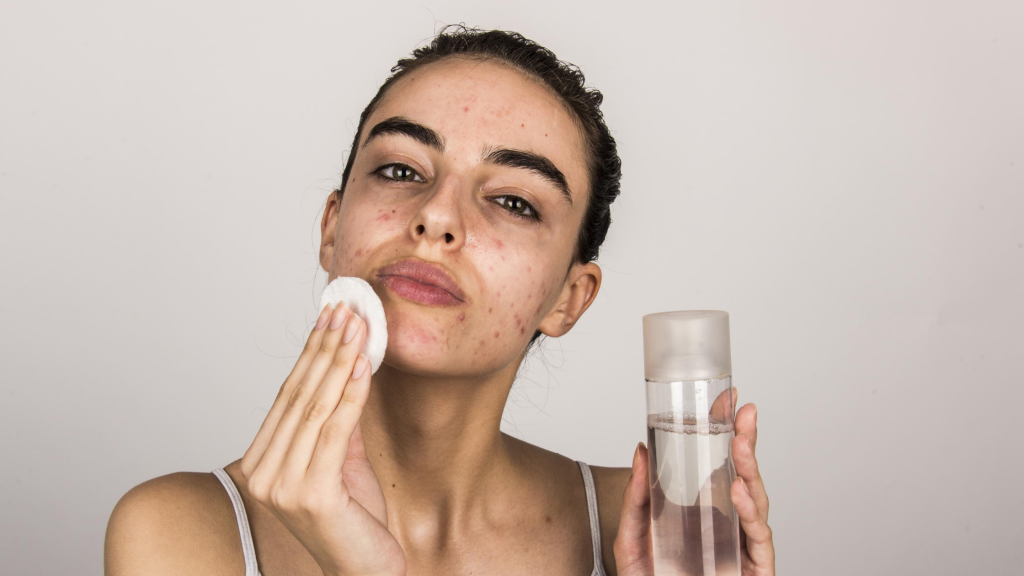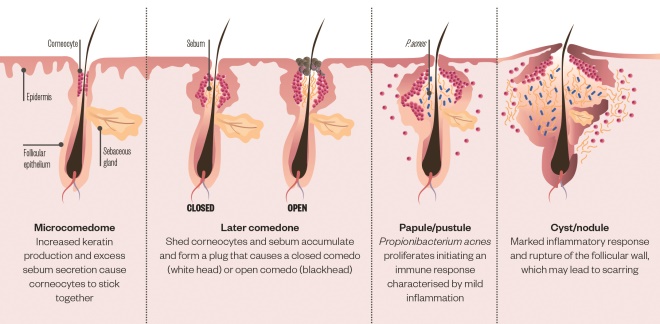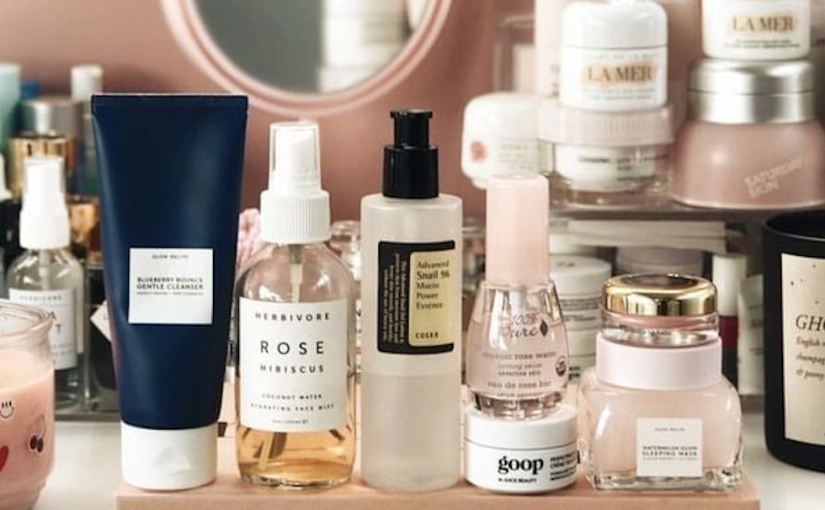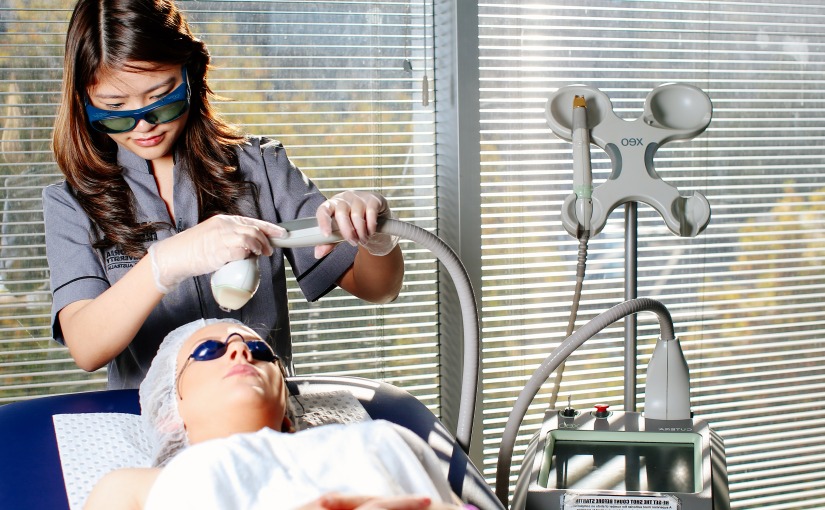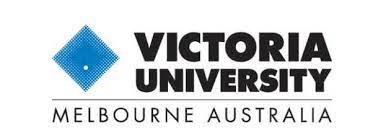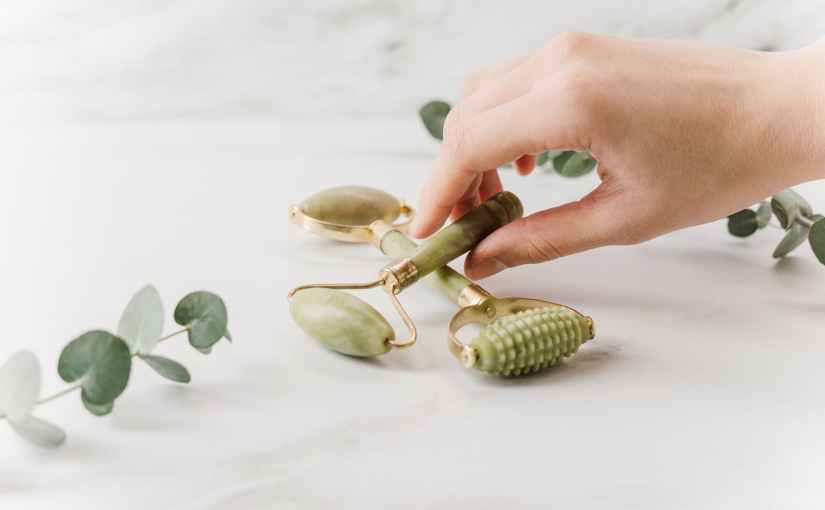Hi there my skincare enthusiasts, how is everyone doing today?
Let’s talk about cleansers! Have you ever had those days where you just wanna get home, relax with a glass of wine? Well, let me tell you, nothing feels quite as good as cleansing your face at the end of a long day. Throughout the day your face is constantly being exposed to pollutants, bacteria, dirt, and the constant build-up of dead skin cells. Cleansing is an essential part of your skincare routine and will help by removing any traces of excess oil, dirt, debris, and makeup allowing your skin to breathe. Removing that surface build-up can also provide a clean surface to ensure better penetration and absorption of your active ingredients, serums, and moisturisers.
A great cleanser is of course the first step of your skincare routine. Not all cleansers are the same, there are so many different options and types that are currently available in the market and choosing the right one for your skin can sometimes seem a bit overwhelming. To help make this process easier I’ve created this post on what ingredients to look out for and what to avoid, the different types of cleansers and the Dos and Don’ts of cleansing so that you can start your skin regime off right!
The Skin’s Barrier

The stratum corneum (skins outer-most layer) is what helps to keep water in the skin and irritants out. It is composed of keratinocytes and intracellular lipids which form a ‘brick and mortar’ like structure, where the skin cells (bricks) are held in place together by the lipids (mortar). These lipids (ceramides, free fatty acids, and cholesterol) play a vital role in maintaining the skin’s barrier by holding moisture, maintaining natural pH levels of the skin, keeping dirt and impurities out and aiding the natural healing process (Del Rosso & Levin, 2011). When the skin is overly stripped of its natural lipids this can cause more irritants to penetrate the skin causing inflammation.
Ingredients to Look for
- The goal for acne-prone skin is to gently remove surface dirt and excess sebum production without overly irritating or drying the skin (Mukhopadhyay, 2017).
- Gentle Surfactants: Sodium Laureth Sulfate (SLES), Cocamidopropyl betaine are gentler alternatives.
- Natural Glycerines: Non-comedogenic (won’t clog pores) and helps to hydrate the skin. It has humectant properties meaning it attracts and holds water in the stratum corneum (Levin & Miller, 2011)
- Mandelic, Lactic and Salicylic acids
Ingredients to Avoid
- Fragrance
- Parabens
- Alcohol
- Harsh Sulphates: Irritation potential may vary between individuals due to the penetration rate and how well hydrated the barrier is. Sodium Lauryl Sulfate (SLS) is a common surfactant that can cause irritability and exacerbate inflammation.
Micellar Water
Micellar water is a combination of purified water, hydrating ingredients and mild surfactants. Micelles are the spherical arrangements of surfactant molecules and when they are poured into a cotton round the lipophilic (oil-loving tails) point outwards and act like a magnet to draw oil, makeup, and other debris from the skin.
- Aspect Cleansing micellar water
- Bioderma
- Simple Micellar Cleansing water

Gel or Foam Cleansers
Great for oil to normal skin. Gel and foam cleansers are typically designed for a deeper clean and work well to decongest pores, remove any excess dirt, oil or acne-causing bacteria from the skin’s surface. They can also provide an exfoliating effect that helps to lift any excess of dead skin cell build-up on the surface.
- CeraVe Foaming Cleanser
- La Roche-Posay Purifying Foaming facial wash
- Medik8 Surface Radiance Cleanse
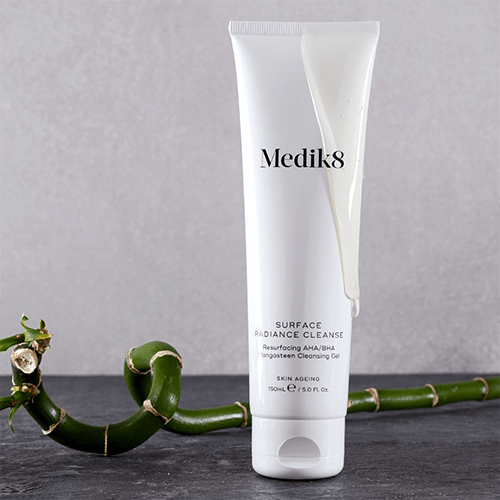
Cream Cleansers
Super gentle on the skin and great for dry or sensitive skin. They not only remove dirt and impurities but can also help to hydrate and nourish the skin due to a mixture of emollient-rich ingredients. Cream cleansers can gently cleanse the skin without removing any of the natural oils or lipids, while simultaneously depositing fatty acids and ceramides to hydrate the skin. Cream cleansers are also beneficial for acne-prone skin, exfoliative ingredients can sometimes tend to cause dryness and irritation – cream cleansers are a great way of maintaining the pH levels of the skin and keeping your routine balanced.
- CreaVe Hydrating Cream Cleanser
- La Roche-Posay Effaclar H Cleansing Cream
- Avene Antirougeurs Clean soothing cleansing lotion
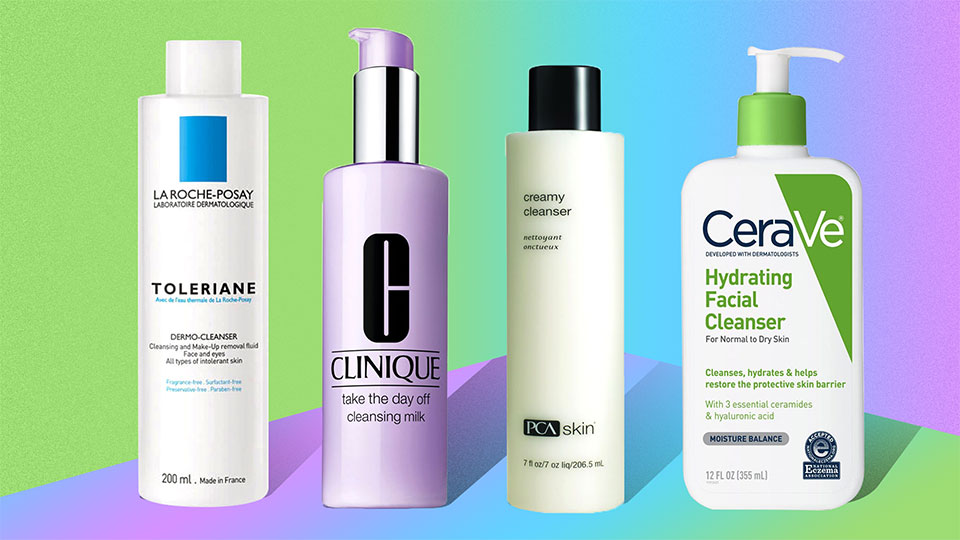
Acid-Based Cleansers
Those with dry skin tend to fair better with Alpha hydroxy acids (AHAs) such as your lactic and mandelic acids. AHAs are hydrophilic, meaning they are water-loving and attract water molecules providing hydration and enhancing natural moisturising factors within the skin (Soleymani et al., 2011).
Whilst Beta hydroxy acids (BHAs) are great for those with oily and acne-prone skin, your tried and true being salicylic acid. Since BHAs are lipophilic (oil-loving), they have the ability to penetrate deeper into the pores and control excess sebum. Both AHAs and BHAs are also exfoliants that can assist with the cells turnover process and desquamation.
- CeraVe Renewing SA cleanser
- Paula’s Choice Pore Normalising Cleanser
- Societe AHA Exfoliating cleanser
*If you have very sensitive skin, burning, stinging, itching, inflammation, irritation, rosacea or eczema, it’s not ideal to use this type of cleanser. However, once the Inflammation has gone down you will be able to incorporate these products into your routine.

How to Cleanse your Face Correctly
- Firstly, make sure your hands are clean, pour a pea-sized amount and massage the cleanser into your face for at least 1 minute, really working the product into your skin in circular motions.
- Don’t over-cleanse. Over-cleansing your face, scrubbing or rubbing can be just as bad (if not worse) than not cleansing at all. By doing this you can actually strip away the essential oils and also disrupt the acid mantle (pH) that your skin needs for a strong protective barrier. Harsh scrubs won’t clear your acne faster but can cause irritation, dryness and inflammation. It is advised to cleanse your face no more than 2x a day.
- Use lukewarm water. While hot water can feel extremely nice during cold weather, it could be damaging your skin! Hot water can strip your skin of its natural oils and can exacerbate inflammation and irritation. Remember excessive dryness can lead to an overproduction of sebum!
- Instead of using an exfoliative cleanser daily, opt to use it 2-3 times a week.
- Rinse and pat dry skin with a clean towel



